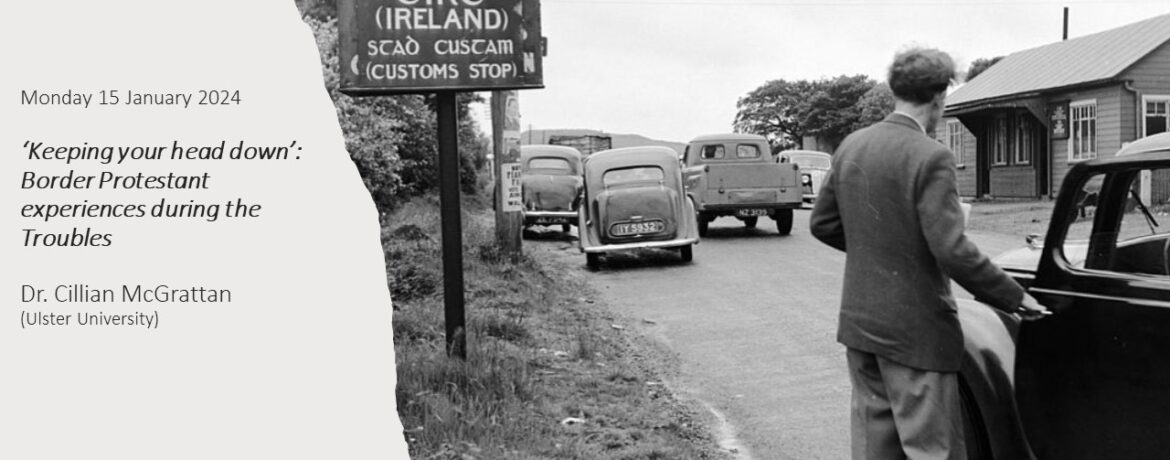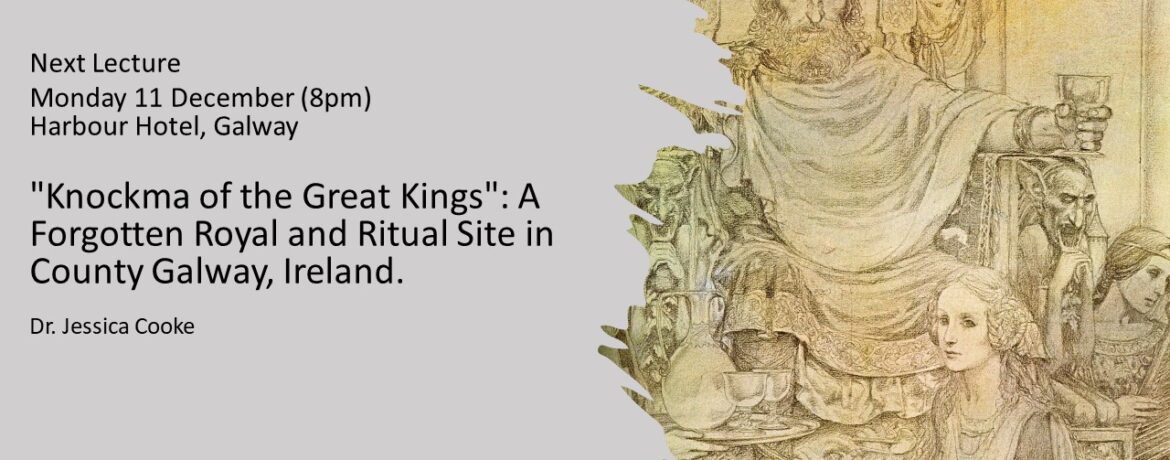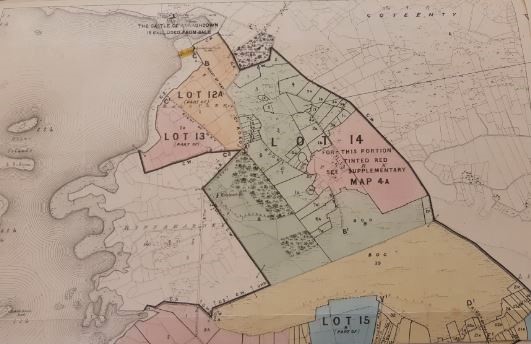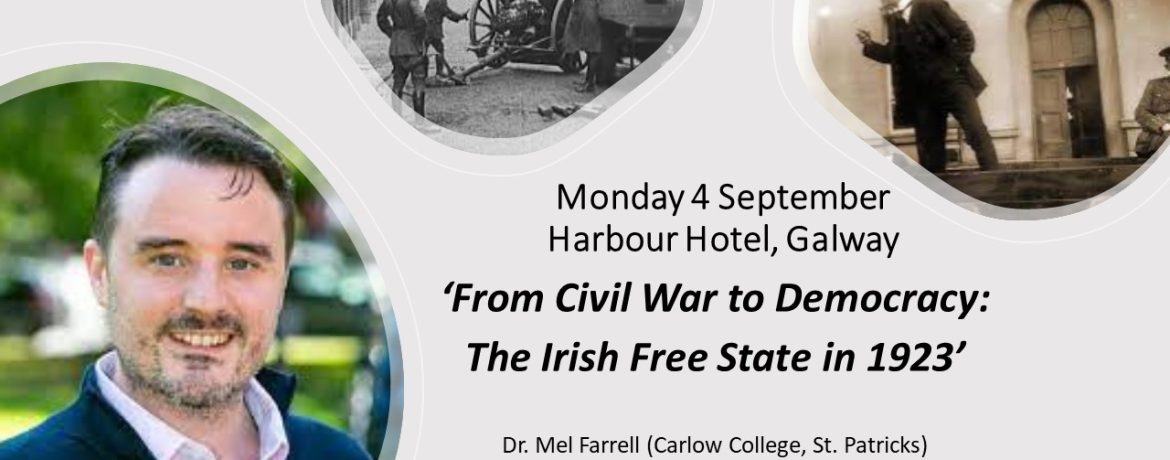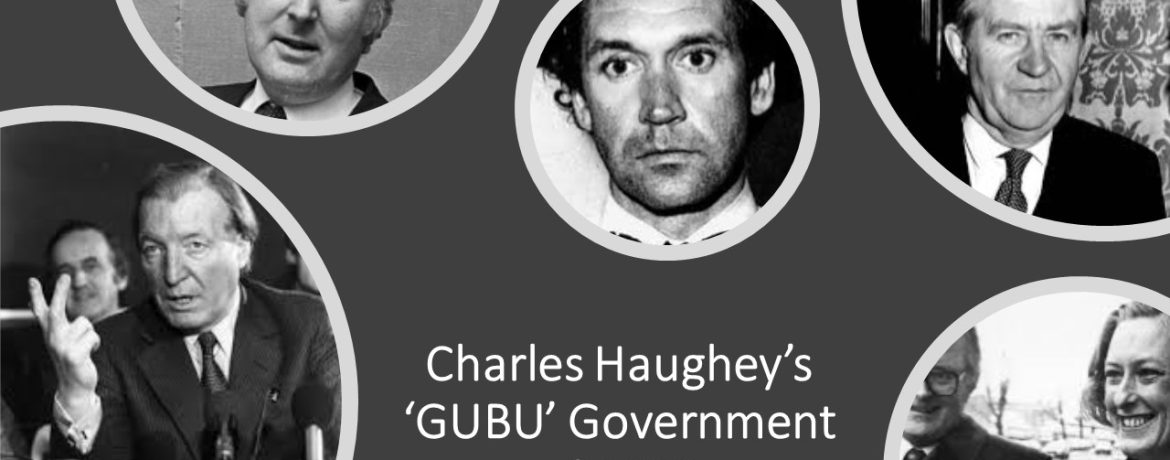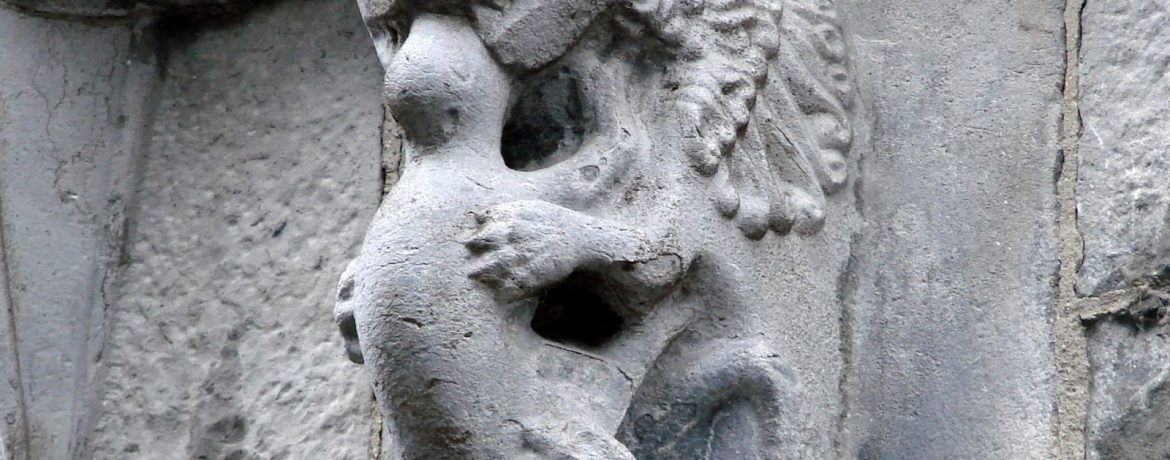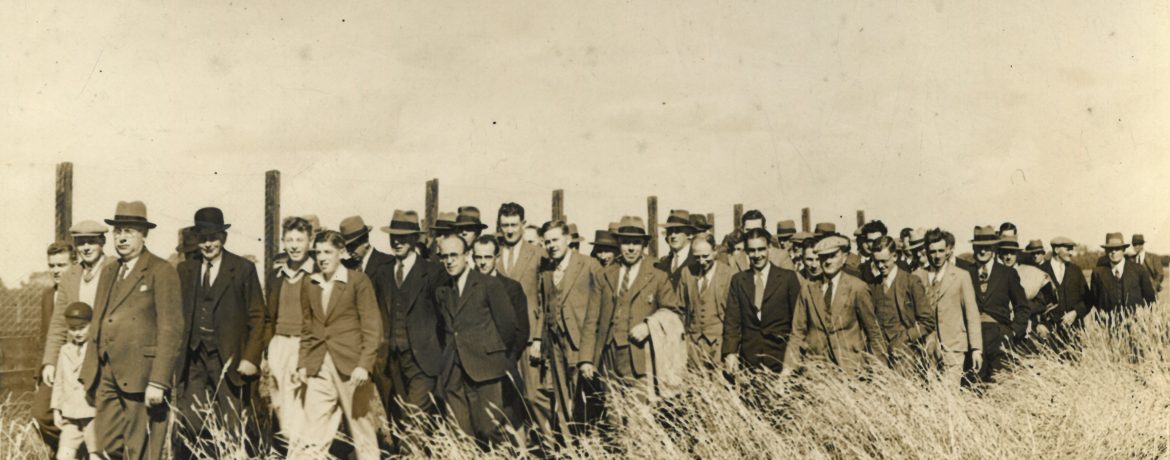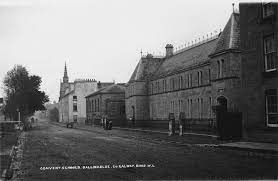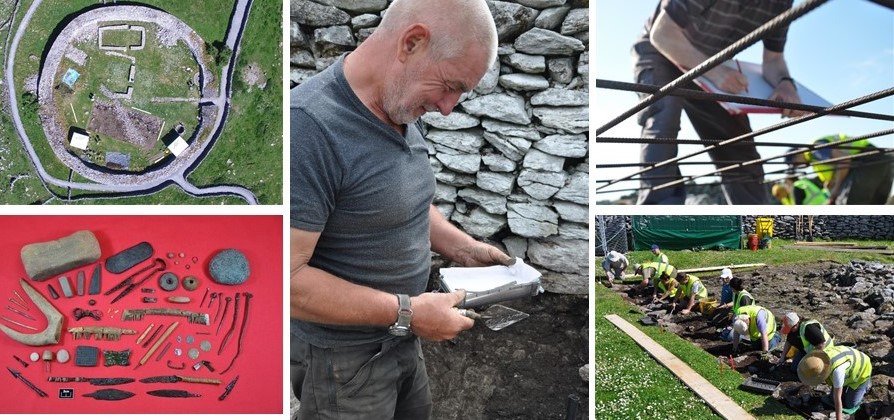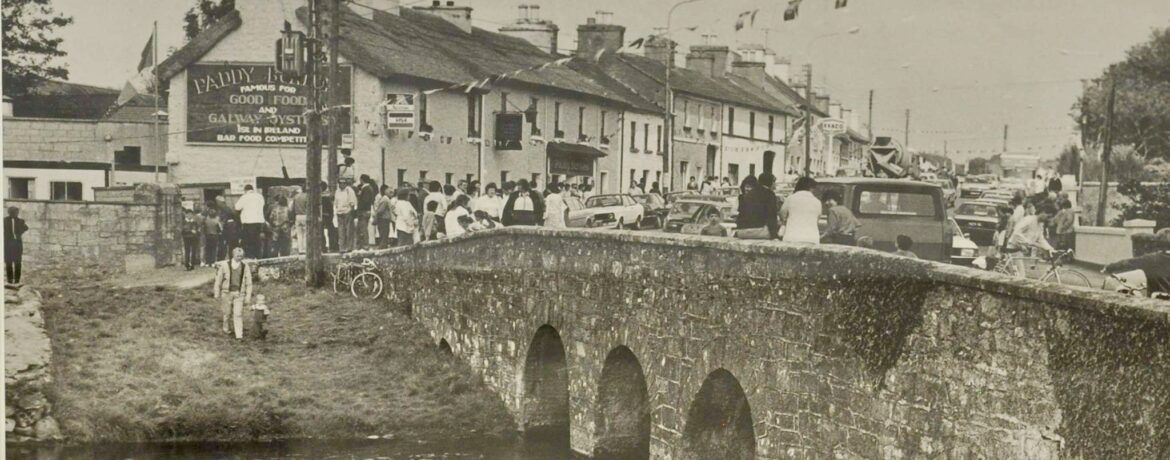
Crossing Points: River-fords and the study of historic landscapes
River-Ford at Clarinbridge
River-fords are a common but half-forgotten feature of the Irish countryside, their positions recalled only by ‘áth’ placenames, historic maps and local memory. Being gifts of nature, they are distinctly un-monumental and liminal locations. As a result, river-fords have featured only intermittently in academic research: their existence often overlooked by archaeologists; their presence a mere backdrop for historians; their orthographies a mere sidebar for philologists. Yet fords offer great potential for historic geography and landscape archaeology. As places where topography and geology intersect, river-fords offer key insights into travel, community interaction, and settlement patterns.
In this lecture, Paul Gosling will explore the characteristics of historic fords and offer a methodology for their identification.
Paul Gosling is a former lecturer in Built Heritage in the Department of Heritage and Tourism at the Atlantic Technological University. He is a professional archaeologist and a member of the Institute of Archaeologists of Ireland. His research interests are focused on archaeological survey and his published work includes reports and papers on the field monuments of Co. Galway and Clare Island, Co. Mayo, as well as the topography of a number of towns. He is also a member of the Committee of the Galway Archaeological & Historical Society.
Date: Monday 12 February 2024Time:… Read the rest
Read more
